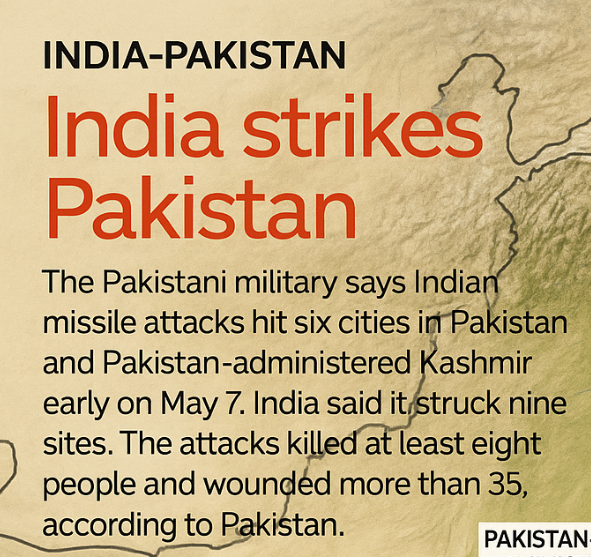Introduction: The Unthinkable Has Happened
Is this a tipping point? What kind of escalation could shift the geopolitics of South Asia? On May 7, 2025, India launched Operation Sindoor, a series of strategic missile strikes targeting multiple sites in Pakistan, including terrorist camps in regions like Muzaffarabad, Bahawalpur, and beyond. Operation Sindoor was a direct retaliation for the deadly terrorist attack in Pahalgam, Kashmir, which killed 31 civilians, primarily tourists.
After analyzing everything across the internet and gathering real-world insights, the Bhussan.com team shares this friendly, helpful article. Let’s dive into the details of what led to the missile strikes, Pakistan’s response, and the potential consequences for both nations.
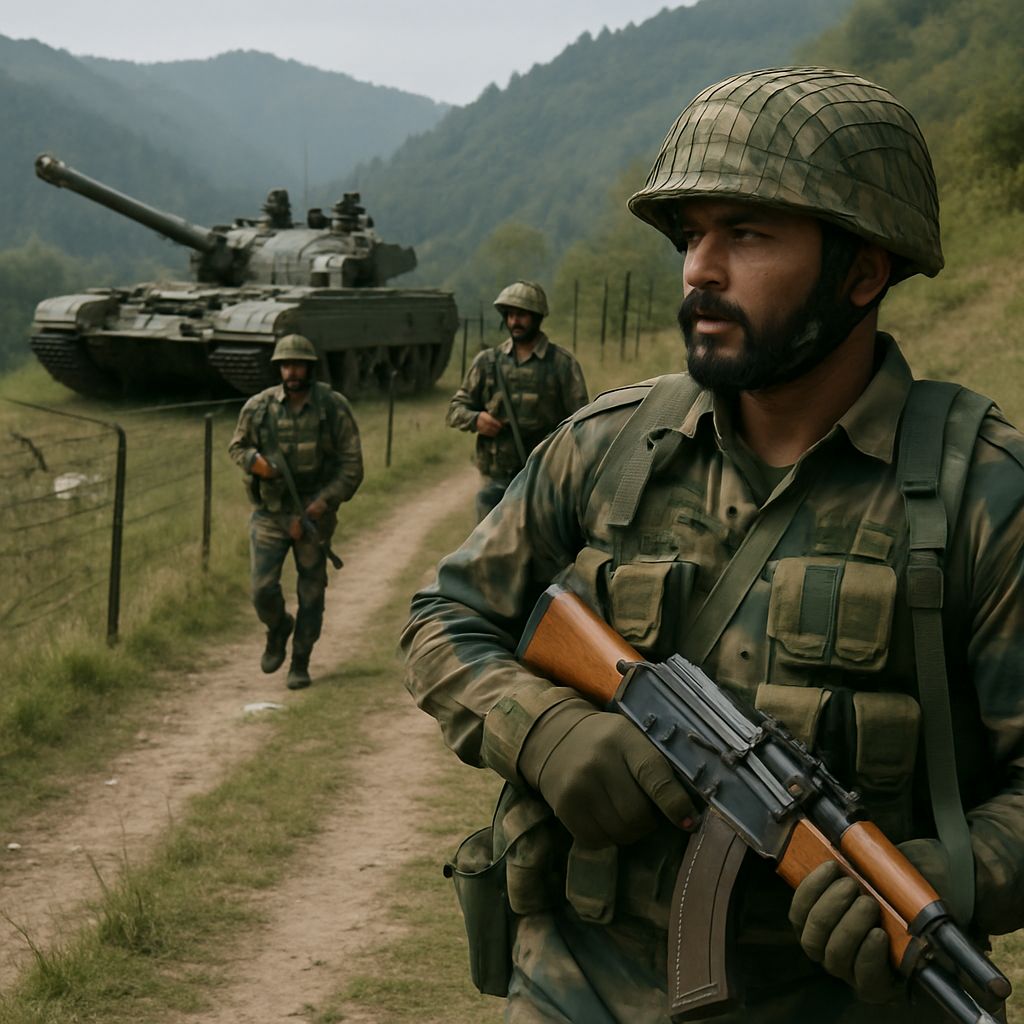
What Sparked Operation Sindoor?
The conflict between India and Pakistan has always been volatile, often leading to flare-ups followed by moments of uneasy calm. But Operation Sindoor represents a significant escalation in this tense relationship.
The catalyst? A brutal attack on Pahalgam in early May 2025, in which 31 innocent civilians, mostly Hindu pilgrims, were killed. India immediately blamed Pakistan-based militant groups such as Lashkar-e-Taiba (LeT) and Jaish-e-Mohammed (JeM) for orchestrating the attack. The strike on Pahalgam was widely seen as part of Pakistan’s continued failure to control militant groups operating within its borders.
In response, India launched Operation Sindoor on May 7, 2025, with the air force deploying Rafale jets and SCALP missiles to target nine locations across Pakistan. These strikes were aimed at destroying terrorist training camps, weapon storage facilities, and other infrastructure linked to militant operations. India made it clear that these were military targets and not civilian areas.
After Operation Sindoor in Pakistan, this video is credited to the Channel 4 News YouTube channel
Pakistan’s Denial:
Unsurprisingly, Pakistan denied any involvement in the Pahalgam attack, calling it a baseless accusation. The Pakistani government claimed that the missile strikes targeted civilian infrastructure, including mosques, homes, and schools, leading to a tragic loss of life. Pakistani officials reported at least 26 civilian casualties.
The Retaliation: A Two-Pronged Response
As expected, Pakistan’s response was swift and decisive. Pakistan authorized a “corresponding response” to India’s missile strikes. This involved heavy artillery exchanges across the Line of Control (LoC), which divides the Indian-administered Kashmir and Pakistani-administered Kashmir. Reports indicate casualties on both sides.
Pakistan’s military claims that it successfully downed five Indian jets and a drone during the aerial confrontation. However, these claims remain unverified by India. What is confirmed is that the retaliation further intensified the already fragile situation, and military operations have only grown more aggressive.
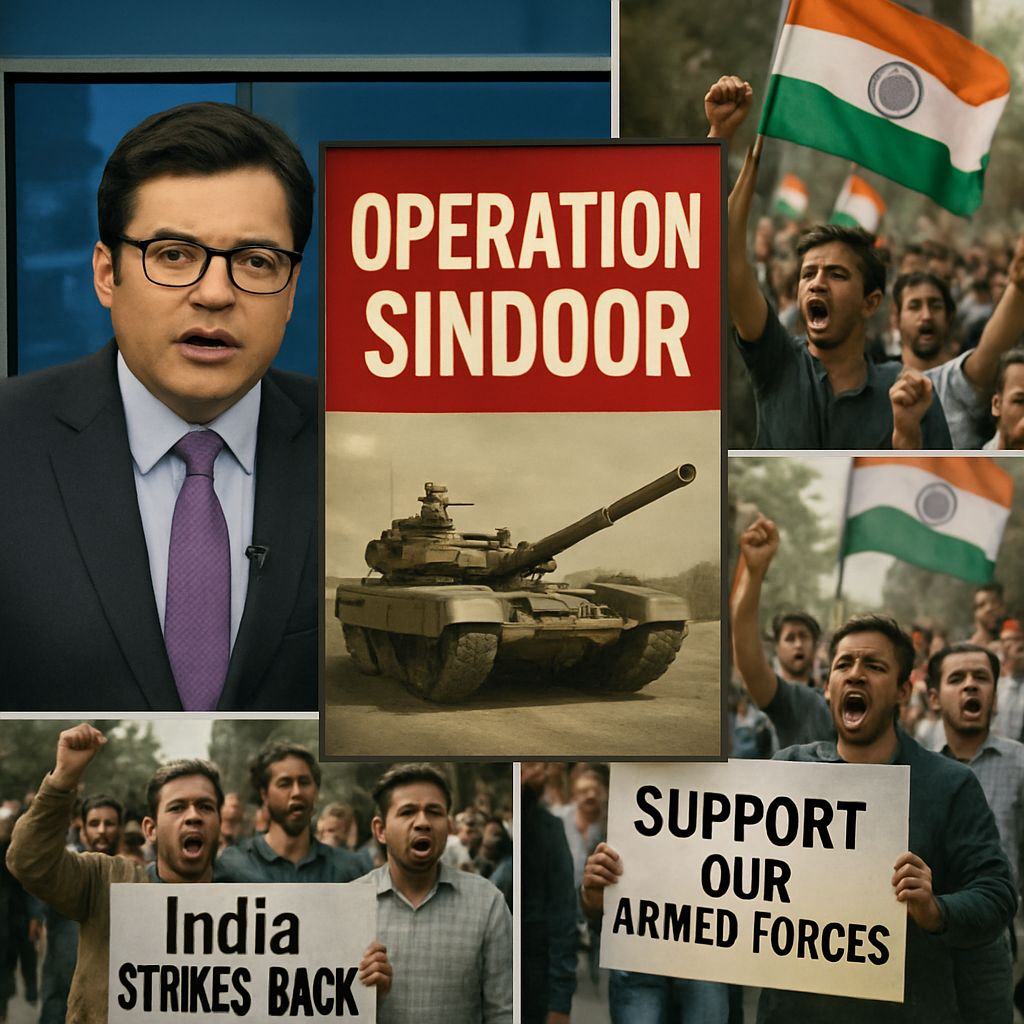
Pakistan’s Political Leadership:
Prime Minister Shehbaz Sharif condemned India’s missile strikes, describing them as a “cowardly attack” and promising to defend Pakistan’s sovereignty by all means necessary. Pakistan’s military, in turn, ramped up its own operations, leading to additional casualties on both sides.

The International Community Weighs In
As tensions escalate, the international community has expressed deep concern over the conflict. The United Nations Secretary-General António Guterres called for immediate restraint and a return to dialogue, emphasizing the importance of diplomacy in preventing further bloodshed.
The United States, the United Kingdom, the European Union, and China have all urged both India and Pakistan to exercise caution and prioritize peaceful negotiations over military escalation.
United States Response:
U.S. President Donald Trump expressed his sorrow over the conflict and called it a “tragic event.” The U.S. administration has reiterated the importance of resolving the situation peacefully through diplomatic means.
China’s Concern:
China, a long-time ally of Pakistan, has also expressed concerns over the escalation, warning that continued military action could destabilize the region. Chinese officials called for restraint from both India and Pakistan, emphasizing the potential threat to regional peace.
The Humanitarian Toll: Civilians at the Forefront
While the military operations between India and Pakistan escalate, it is the civilians who are bearing the brunt of the conflict. Areas such as Bahawalpur, Muzaffarabad, and Kashmir have witnessed widespread destruction, with civilian casualties rising on both sides.
In Pakistan, airstrikes have reduced residential buildings, markets, and even mosques to rubble. Hospitals are overwhelmed, and the humanitarian crisis is deepening with each passing day. In India-administered Kashmir, the cross-border shelling has targeted civilian infrastructure, including homes, schools, and places of worship. The local government has imposed curfews, but the situation remains dire.
Humanitarian Aid:
Aid organizations have called for immediate access to the affected regions to provide medical care, food, and shelter to the victims. However, access is difficult due to ongoing military operations and restrictions on both sides of the border.
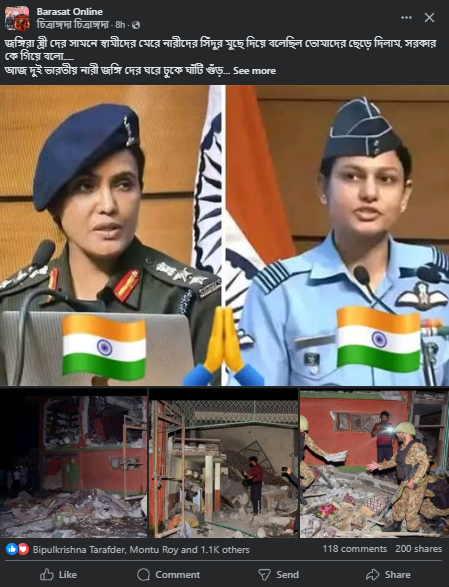
A Dangerous Precedent: What Happens Next?
The 2025 missile strikes and subsequent escalation have set a dangerous precedent for future India-Pakistan relations. The use of airstrikes and heavy artillery suggests that both nations are willing to engage in more direct military confrontations. But what does this mean for the future?
The Indus Waters Treaty, which has long been a symbol of cooperation between India and Pakistan, is now at risk. Similarly, the Shimla Agreement that served as a foundation for bilateral dialogue is also in jeopardy.
Non-State Actors:
Militant groups like LeT and JeM remain major actors in this conflict. These groups often operate outside of state control, and their actions continue to inflame tensions between India and Pakistan, making any peace process even more challenging.
Pros and Cons of the Current Situation
| Pros | Cons |
|---|---|
| India demonstrates its resolve to defend its citizens | Risk of full-scale war, with catastrophic consequences |
| India sends a message against terrorism and militant groups | Civilian casualties mount on both sides |
| Strengthens India’s position on international forums | Global pressure mounts for both sides to de-escalate |
| Preparedness for future conflicts with increased military readiness | Escalation of tensions risks regional instability |
FAQs: Answering Your Questions(30+)
-
What is Operation Sindoor?
Operation Sindoor is India’s recent military operation launched in May 2025, targeting terrorist camps in Pakistan as retaliation for the Pahalgam attack. -
Why was Operation Sindoor launched?
It was launched in response to a terrorist attack in Pahalgam that killed 31 Indian civilians, allegedly orchestrated by Pakistan-based militant groups. -
What areas were targeted during Operation Sindoor?
The Indian Air Force targeted terror camps in Muzaffarabad, Bahawalpur, and surrounding regions in Pakistan. -
How many people died in the Pahalgam attack?
31 civilians were reported dead, most of whom were Hindu pilgrims. -
Did India use fighter jets in the operation?
Yes, Rafale jets and SCALP missiles were reportedly used during the strikes. -
How did Pakistan respond to Operation Sindoor?
Pakistan launched artillery retaliations across the Line of Control (LoC) and claimed to have downed Indian jets. -
Were there civilian casualties in Pakistan?
Pakistan claimed that the Indian strikes killed 26 civilians and damaged civilian infrastructure. -
What militant groups were blamed for the Pahalgam attack?
India blamed Lashkar-e-Taiba (LeT) and Jaish-e-Mohammed (JeM). -
Was Operation Sindoor coordinated with India’s Army and Navy?
The operation was largely an airstrike campaign, but coordinated surveillance and logistics included Army and possibly Navy support. -
What was the international reaction to the conflict?
Countries including the U.S., China, and the UN urged both sides to de-escalate and return to peaceful dialogue. -
Is there a risk of full-scale war between India and Pakistan?
Yes, the escalations have increased fears of broader conflict, though neither country has declared war. -
Did the UN make any statements?
UN Secretary-General Guterres called for immediate restraint and the resumption of dialogue. -
What did the U.S. say about the strikes?
President Trump expressed concern and called for a peaceful resolution. -
How has China reacted?
China called for restraint and warned that the conflict could destabilize the region. -
Were nuclear assets involved in this escalation?
No nuclear deployments have been confirmed or reported as of now. -
Is the Indus Waters Treaty at risk?
Yes, analysts believe the treaty could be affected if the situation worsens. -
How did India justify the airstrikes?
India claimed it was a preemptive strike against terrorist infrastructure to prevent further attacks. -
Did Indian politicians support the operation?
Most opposition parties and public figures commended the Indian Armed Forces for the operation. -
What kind of missiles were used?
SCALP air-to-surface missiles were deployed via Rafale jets. -
Was this operation similar to Balakot 2019?
Yes, it shares similarities in scale and purpose with the 2019 Balakot airstrike. -
Did India issue a formal statement after the strike?
Yes, the Indian Defense Ministry released details confirming targets and justifications. -
What were Pakistan’s claims about Indian aggression?
Pakistan alleged that India struck civilian areas and violated international law. -
Were any global organizations involved in mediating?
As of now, diplomatic efforts are underway by the UN and international stakeholders. -
How are civilians in Kashmir coping?
Civilians face curfews, disrupted services, and fear of further escalation. -
Are humanitarian efforts underway?
NGOs and international aid groups are calling for access to help victims. -
What are the long-term implications of Operation Sindoor?
The operation sets a precedent for future retaliation and increases volatility in the region. -
Will this affect Indo-Pak trade relations?
Yes, bilateral trade has already been limited and could be further affected. -
Is there political support for de-escalation?
Some voices in both countries are advocating for peace talks and diplomatic engagement. -
Has there been any dialogue between the two governments?
Not officially; backchannel communications may be active but unconfirmed. -
What can citizens do to stay informed and safe?
Follow official government channels, avoid misinformation, and support humanitarian initiatives. -
Is social media influencing public perception?
Yes, social media has played a massive role in shaping narratives on both sides. -
What is the outlook for peace in the region?
Cautiously uncertain. Much depends on whether both nations prioritize diplomacy over military action. -
Are foreign embassies issuing travel advisories?
Yes, many countries have issued travel warnings for both India and Pakistan. -
Will there be international sanctions?
It’s unlikely unless the conflict escalates significantly or breaches international norms. -
What lessons can be learned from this conflict?
There is an urgent need for long-term peace, responsible state behavior, and multilateral pressure to curb terrorism.
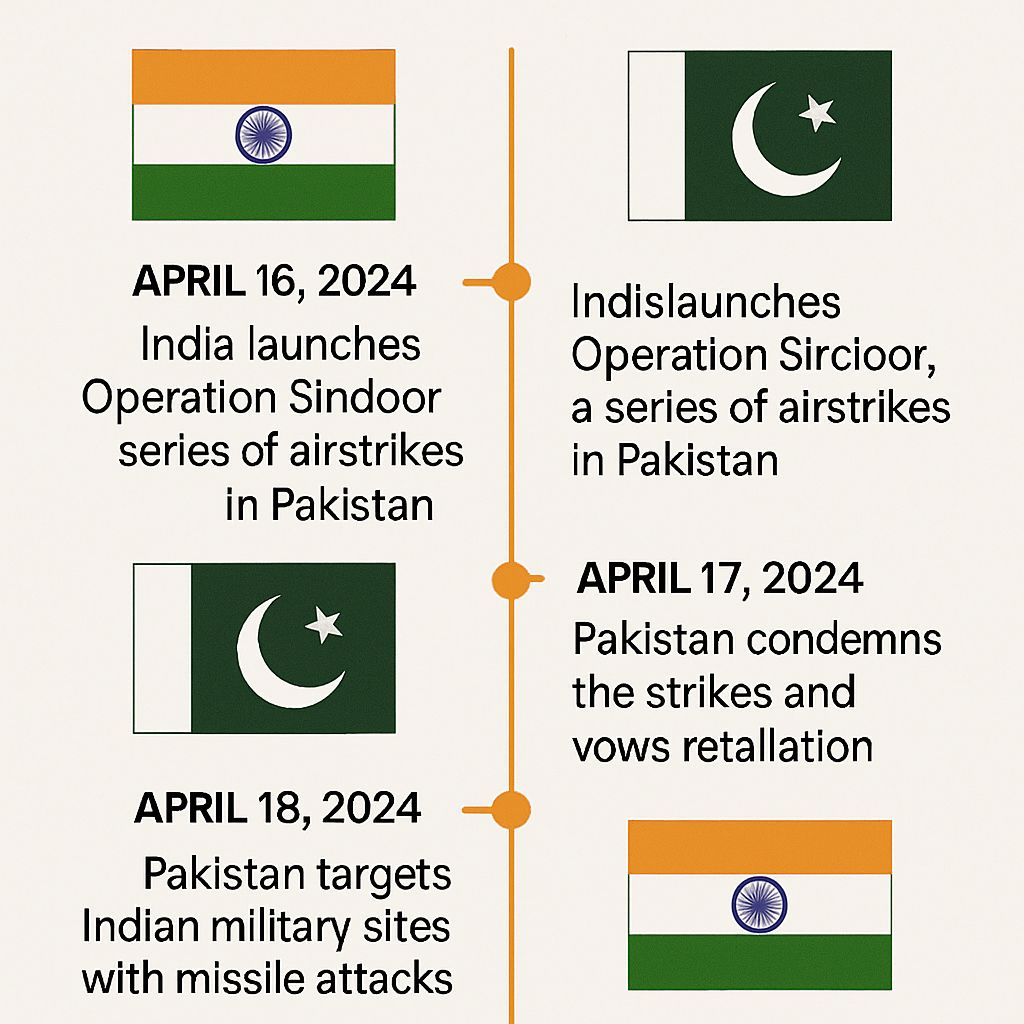
Conclusion: The Path Ahead
The 2025 missile strikes represent a dangerous escalation in the ongoing conflict between India and Pakistan. The situation has highlighted the fragile nature of peace in South Asia and the potential for military confrontation at any moment. However, the key to avoiding further escalation lies in diplomacy, restraint, and a willingness to prioritize peace over military victories.
Call to Action:
Both India and Pakistan must focus on de-escalating the current tensions and work toward a peaceful resolution. The international community has a crucial role to play in encouraging dialogue and preventing this conflict from spiraling further.

